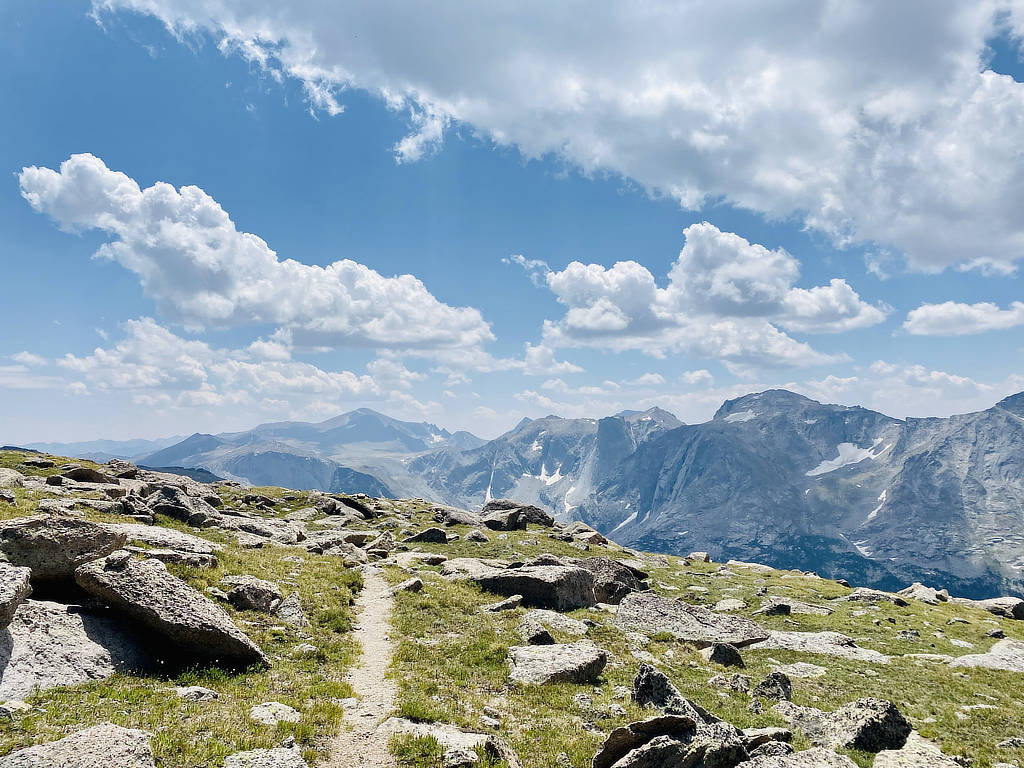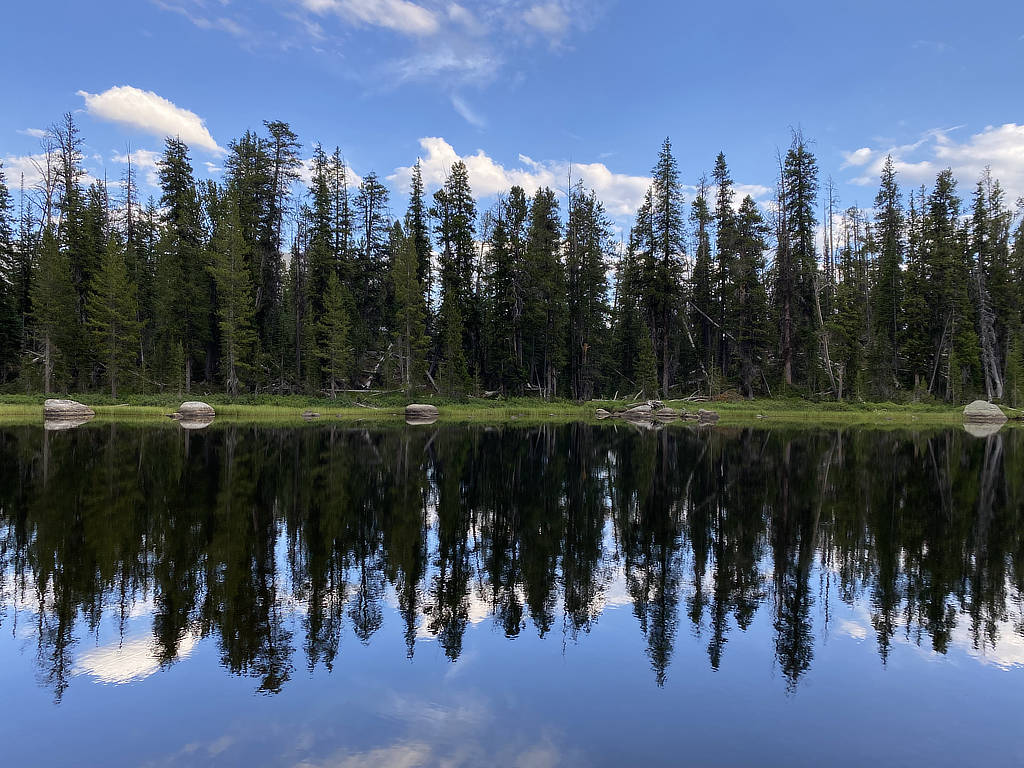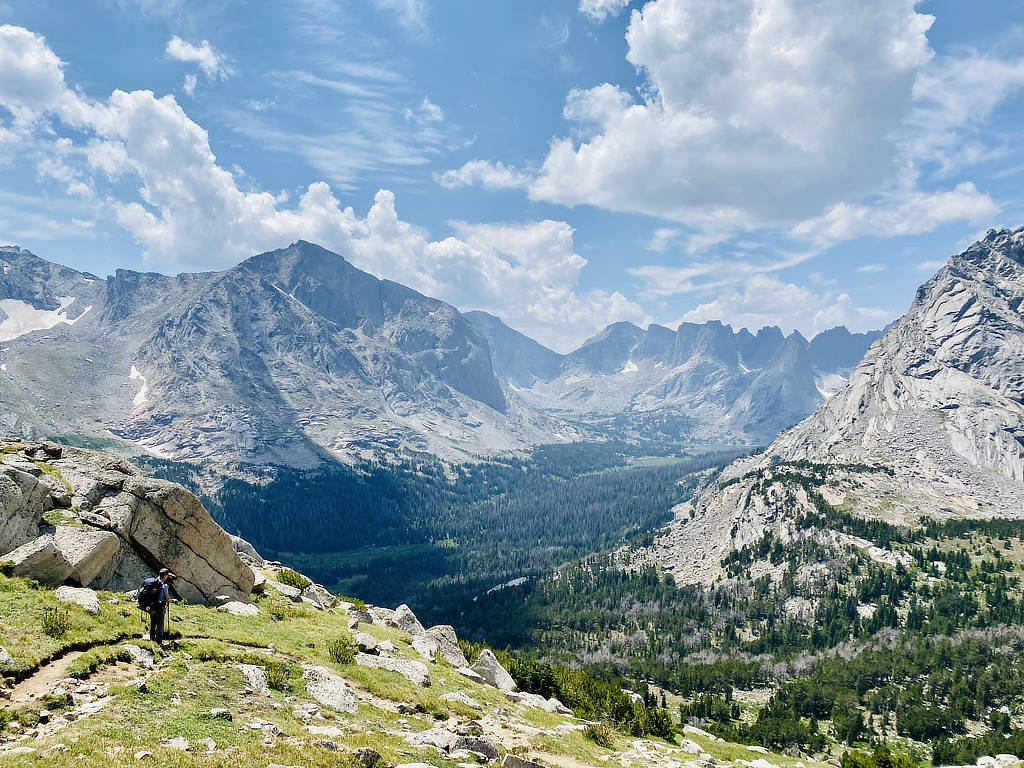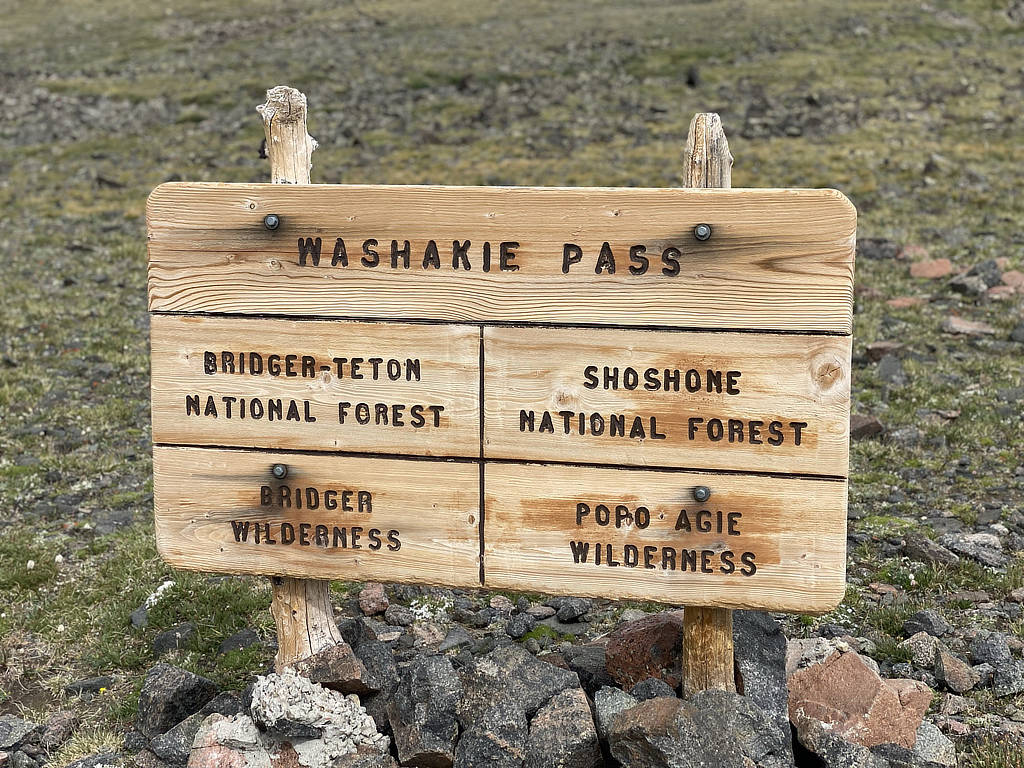Months ago, as we were all coming out of our Minnesota hibernation, I felt the need to go on a good adventure. Something to shake the cabin fever loose. My cure: a backpacking trip out West.
So, two weeks ago, at the first light of dawn, I emerged from my home ready to board an early flight to Salt Lake City. From Salt Lake City, I would then travel to the Wind River Range, just outside of Lander, Wyoming to hike 40 miles in 5 days.
I have always relied on adventuring and backpacking as a source of creative recuperation and inspiration. There is so much to learn about our built environment in the absence of buildings.
Attention to Detail
Speaking personally, leaving my laptop behind and exploring the world around me is a vital step in becoming a good designer. And particularly spending time in nature has helped me grow and develop a sensitivity to the natural world.
On my 40 miles of backcountry, I became so much more aware of the sounds of a trickling glacial stream nearby, the smell of the wild flowers drifting through the air, the feeling of crunching gravel beneath my boots, and the symmetry of the trees on the lake. Being outside and away from the office enhances my attention to these details in our environment. It allows me to absorb information of a site and thus become more attuned to the details of a potential building site.
Spatial Relationships
One of the benefits of backpacking, in particular, is truly understanding how much space our bodies take up. It is important for designers to know how a space is going to feel at a human scale. This cannot be achieved without a full understanding of the space that our bodies inhabit.
Understanding dimensions and proportions and how different environments make someone feel is vitally important to understanding architecture and design.
Wayfinding
One of the key aspects of backpacking is knowing where you are going. While backpacking, we follow the trail ahead of us forged by other hikers. We also have to rely on maps, cairns, or trail signage to guide us.
These same techniques can be used in the built environment as a way of wayfinding through architecture. A sign on the door might be what is required or maybe it is just a change in materiality that can denote a space. Either way, the principals used to determine the way we move through the wilderness can be applied in our every day design.
There is so much to glean from exploring our wild areas around the world. While sketching and making models is important to an architectural practice, so is getting out of the office and learning from each step on the trail.



